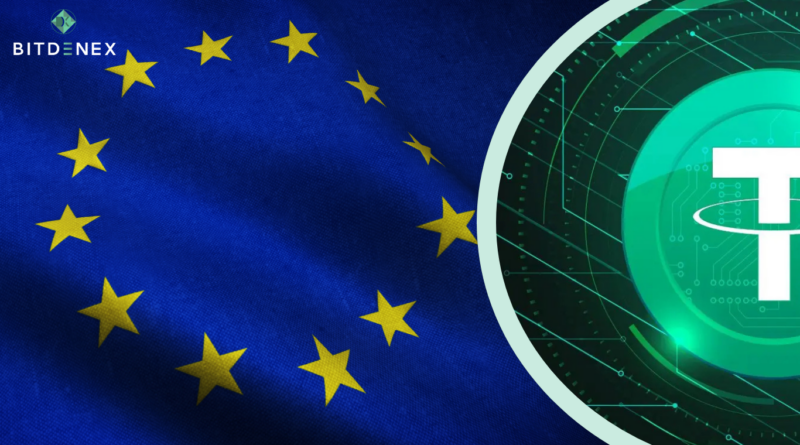European MiCA rules pose ‘systemic’ banking risks for stablecoins — Tether CEO
Europe’s MiCA framework will impose new bank reserve requirements on stablecoin producers, increasing concerns about systemic risk and stability. According to Paulo Ardoino, Europe’s upcoming regulatory framework would pose banking problems for stablecoin issuers, thus jeopardising the overall stability of the crypto ecosystem.
The Markets in Crypto-Assets Regulation (MiCA) is the first comprehensive regulatory framework for the cryptocurrency industry, and it will go into full force on December 30. MiCA requires stablecoin issuers to maintain at least 60% of their reserve assets in European banks.
Given that banks can lend up to 90% of their reserves, this may present “systemic risks” for stablecoin issuers, according to Ardoino, CEO of Tether, the issuer of the world’s largest stablecoin, USDt USDT $0.999, whose market capitalisation just topped $120 billion.
Ardoino expressed worries to Cointelegraph during an interview at Plan B Lugano in Switzerland, stating that managing 10 billion euros requires 6 billion euros in cash deposits. That is 60 percent of 10 billion euros. We know banks can lend up to 90% of their balance sheet. So, of the 6 billion euros, they lend 5.4 billion euros to consumers, leaving 600 million euros on the bank’s balance sheet.”
MiCA: A step back for stablecoin stability, but there’s a silver lining for issuers
Some of the most well-known stablecoin issuers have already faced bank-related difficulties. In March 2023, Circle’s USD Coin USDC $1.00, the world’s second-largest stablecoin, lost its dollar peg and plummeted as low as $0.8774.Circle’s depegging came after it was unable to withdraw $3.3 billion in reserves from Silicon Valley Bank, which held $40 billion on its behalf prior to its closure.
Ardoino suggests that stablecoin issuers under the new MiCA framework can safeguard against future insolvency by purchasing securities such as T-bills or government bonds. If the bank fails and you own securities, they are worthless. So they’ll get back to you, and you’ll just transfer them to another bank.
Some of the world’s major financial institutions, notably Societe Generale, the 19th-largest banking group in terms of assets, are preparing for the future MiCA framework. The bank has collaborated with Bitpanda to create a MiCA-compliant stablecoin, the EUR CoinVertible (EURCV).
Concerns are mounting over MiCA’s ramifications for smaller Web3 firms
Tether’s Ardoino is not the only industry expert concerned about the MiCA framework’s implications.
Regulatory compliance specialists are afraid that MiCA would cause an exodus to the Middle East, reducing the number of European Web3 enterprises.
Anastasija Plotnikova, CEO and co-founder of Fideum, a regulatory and blockchain infrastructure startup focussing on institutions, believes that this convergence is especially worrying for small firms with low funding.
She told Cointelegraph that it will result in significant consolidation. It will be much more predatory, with VCs and larger crypto businesses simply buying talent off the shelf. But it is what it is. Crypto firms are also preparing for MiCA, including Kraken exchange, which acquired the Netherlands’ oldest registered crypto broker firm, Coin Meester, as part of its European expansion.
Buy and sell crypto in minutes with 0.20% trading fees at Bitdenex Exchange.

